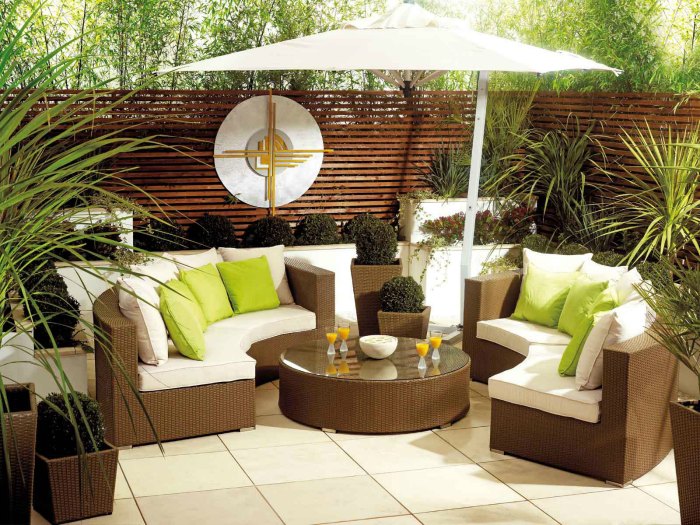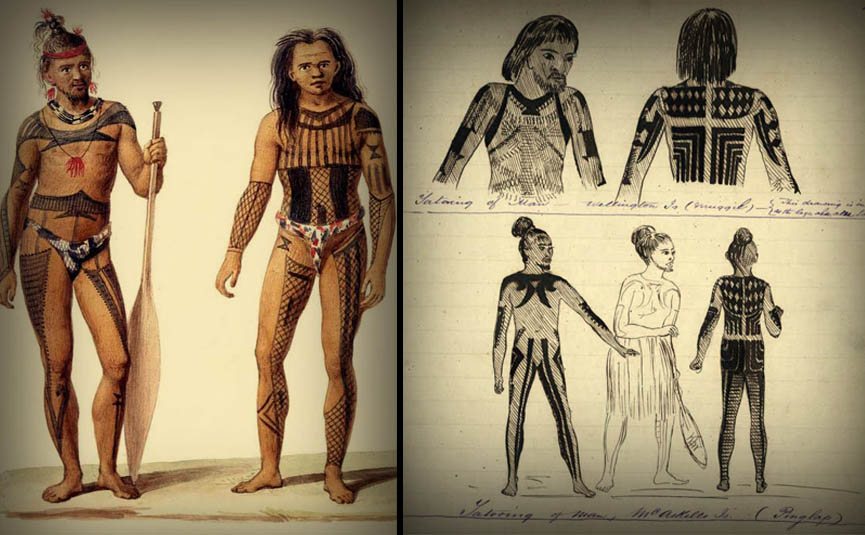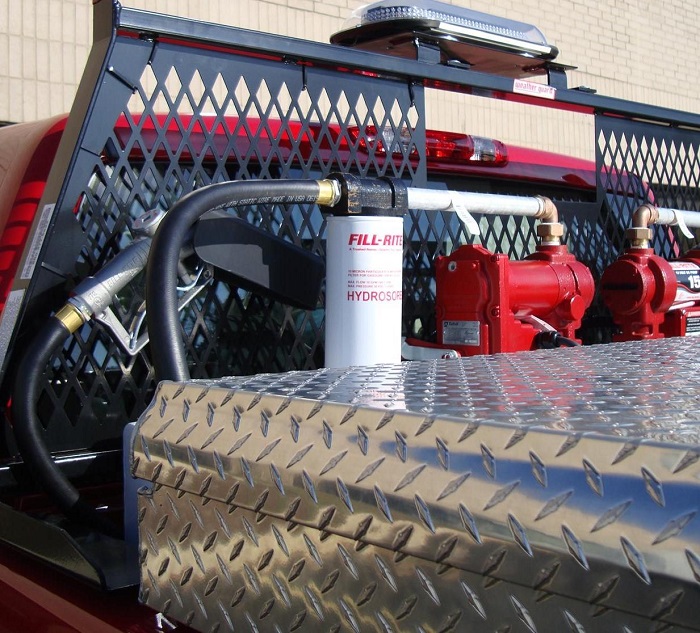Keeping your garden beautiful is too much work to let small creatures ruin it for you. But sometimes it’s the little things that can cause big problems. Small creatures like the elm leaf beetle for instance, that is only 4-6 mm long, if given enough time can create some pretty big damage to your beautiful tree/s. It can cause complete defoliation of the tree in the course of just a single summer.
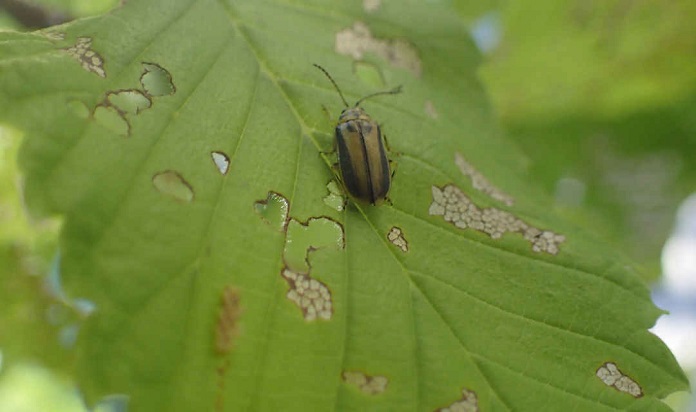
As the name itself suggest, elm leaf beetles feed on elm tree leaves, causing the foliage to quickly turn brown, curl and detach. They usually don’t kill trees on their own, but rather weaken them and make them prone to disease and damage from other pests. And although total eradication of elm leaf beetle is extremely difficult, it can be managed in a few ways. Let’s look at some.
What’s the most appropriate elm beetle treatment depends on the season, degree of insect infestation, tree size and tree location. Regarding all this, you should be careful as some treatments may be dangerous. Luckily, professional tree experts have a good knowledge of the invasive elm leaf beetle life cycle and they have the license needed to use control agents.
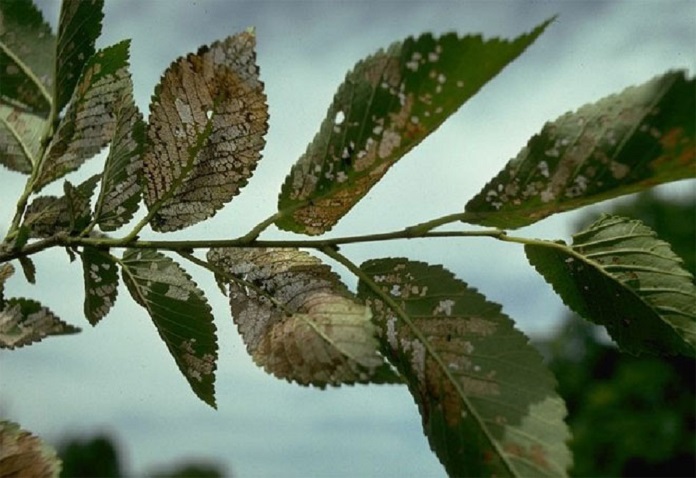
Insecticides can be injected around the root zone of the tree where it is taken up by the roots and translocated to the foliage. Arborists use specialised tools to perform this, making it a safe and effective method of treating trees. With this technique, the insecticide is placed right next to the trunk of the tree that needs to be treated. This provides both adequate protection for the tree, as well as minimization of the exposure of the insecticide to birds, wildlife and people.
Banding the tree with a sticky band is another method used to fight elm leaf beetle. This band is a plastic strip covered with non-drying glue that can be wrapped around the tree trunk at several points with the sticky side out. When larvae head down the tree to pupate it will get caught. However, bands need to be applied before the larvae start to crawl down the trunk, which can vary depending on the weather each season, so close monitoring is essential. Also, banding treatments may need to be reapplied several times each season if beetle numbers are high. If you are not sure how to perform this, the arborist can always help.
Finally, these pests feed of any elm species but they prefer Siberian elm and American elm and will feed, to some degree, on the foliage of Japanese zelkova. That is why you may be advised not to plant specific types of elm trees. But that shouldn’t be a problem as arborists may suggest other options. They can pick trees from specialised growers and help you select the best type of tree for your landscape.





